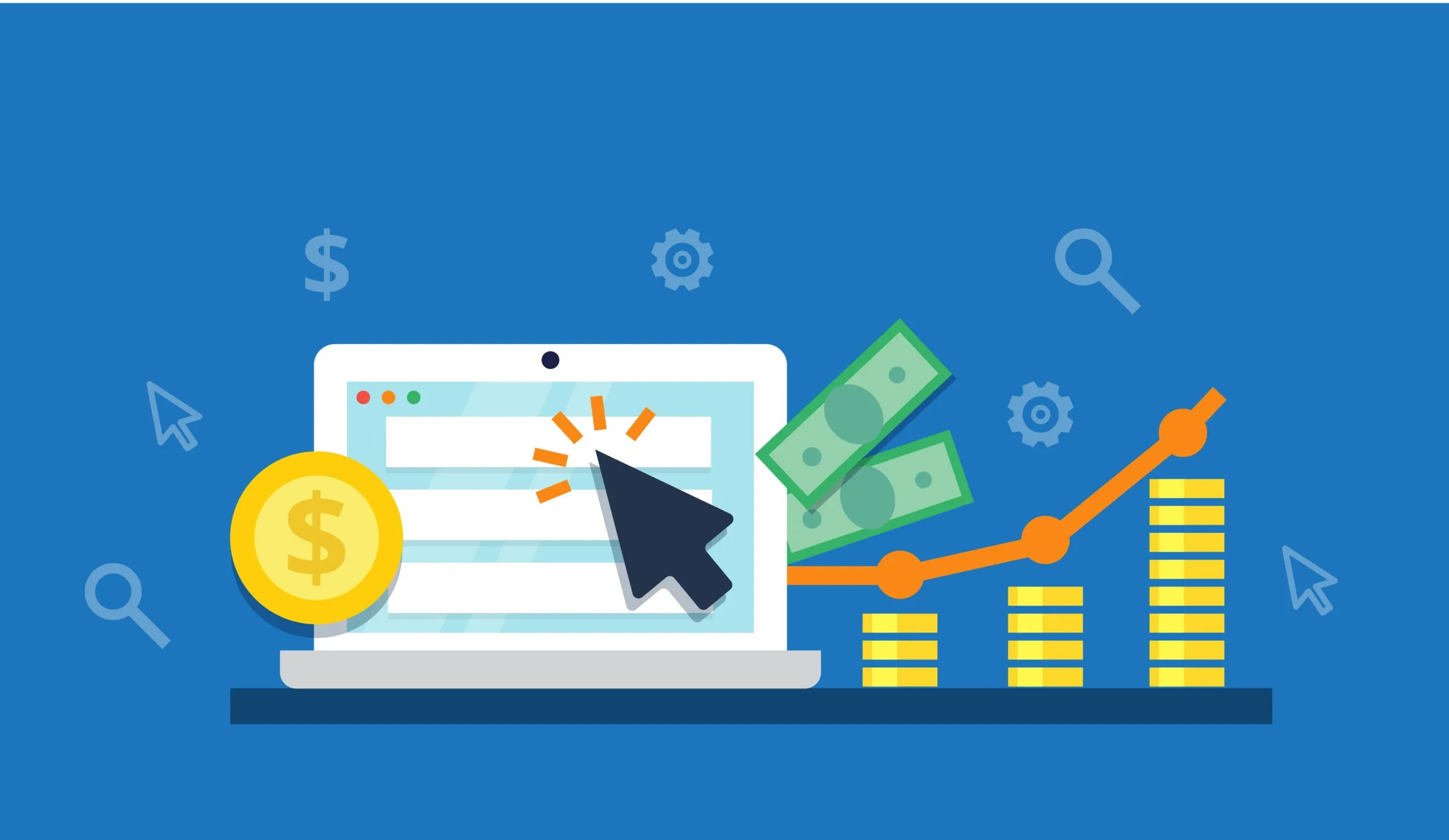Everything You Need to Know About Ecommerce ROI
Ecommerce ROI measures the profits made from a marketing channel or campaign, comparing the money spent on selling your brand to the amount earned as a result.
Ecommerce ROI is expressed as a percentage, which can be negative or positive. As you’d expect, a positive ROI means you’ve made a profit, while a negative one reflects a financial loss (you’ve spent more than you made).
Whether you have deployed a B2B or B2C marketing strategy, your ROI is a key indicator of how well you reach customers and clients alike. Check out the rest of our article for more information.
Why You Need to Know Your Ecommerce ROI
When it comes to ecommerce marketing, ROI is one of the most important metrics to track.
There are numerous ways you can benefit from tracking your ROI, including:
1- You can identify your best-performing marketing campaigns
You may feel confident reporting results for individual marketing campaigns. However, things get complicated when you need to compare multiple initiatives simultaneously, especially if you are trying to report on paid and organic campaigns with unique structures.
When you track ecommerce ROI, you can use a simple calculation to understand a campaign’s success and figure out which ones are bringing in the most profit.
Once you understand which campaigns work for your business, you can run similar promotions that leverage this information and surpass your current marketing goals.
2- You can test new initiatives and marketing channels
If you achieve success with a particular marketing channel, you’ll be tempted to continue using that channel moving forward. However, if you become dependent on a specific channel, you miss out on opportunities to reach new customers through other platforms.
By benchmarking ROI from your most lucrative channel, you can test new marketing initiatives and evaluate results accordingly. This means you can try new tactics without unnecessarily spending money on advertisements or promotions.
3- You can grow your ecommerce business efficiently
Once you have a good idea about ecommerce ROI, you stand a better chance of scaling your business practices and making more profit. Companies that know which marketing strategies work can implement similar campaigns to generate additional revenue and abandon less effective channels. In turn, this makes the business more efficient.
Companies can track the ROI from marketing campaigns weekly or monthly for optimal results. By focusing on ROI metrics, you can increase your revenue and reallocate funds to more fruitful marketing initiatives, boosting your bottom line.
How TO Calculate Ecommerce ROI
Typically, companies use two standard ways to calculate ROI: basic and advanced. The basic options provide a workable overview. The advanced option is more nuanced but needs more data to work.
Basic Ecommerce ROI Calculation Formula
This is the simplest way to check ROI for your marketing efforts.
ROI = (Profit/Investment) — 1
So, how does this work in a hypothetical sense?
Say you paid $500 for advertisements and $2,500 for blog articles promoting your latest product or service over a month.
The ad campaign encouraged five customers to go to your site, while organic traffic amounted to 50 new customers. Now, let’s say each customer spent an average of $75. This is your average order value (AOV).
Input these numbers into the ROI formula for both marketing channels. Hypothetically, the ROI for your ad campaign is -25%, while the ROI for your blog articles is 50%.
Your marketing team would conclude that the advertisements were not worth the investment, but blog articles and organic traffic may benefit from further investment. However, you may want to run those numbers through a more advanced ROI calculation to understand better how your marketing campaigns are working.
Advanced Ecommerce ROI Calculation Formula
While the basic ROI formula helps judge new customer purchases, most eCommerce businesses need to consider the full value of their customer’s interactions, whether B2B or B2C, when calculating ROI.
If you can predict your CLV (customer lifetime value), you can calculate how much profit you’ll generate from customers and clients over time.
As such, more advanced ROI calculations require additional data.
CLV varies depending on the marketing channel, so you are better off calculating channels separately.
The formula is still relatively simple: ROI - (CLV/Investment) — 1
Let’s say the average CLV for organic traffic is $150 and $1,000 through ad campaigns, and you have invested the same amount into each campaign as you did in the basic hypothetical situation above.
The ROI from ads is 900%, while organic traffic produced 50% ROI. As you can see, the advanced formula shows no change in ROI for organic traffic but a considerable increase for the ad campaign. While they may not have seemed like a good investment initially, CLV data proves otherwise.
Where Can You Find Metrics for Your Ecommerce ROI?
Sometimes, you may not be able to find CLV data for every marketing channel. Companies can usually dive into the ecommerce database or CRM tool to find the information they need to work out ROI, but they may not have enough information at their disposal.
However, you may still be able to use an average CLV to predict how marketing investment could pay off in the long run, then use that data to inform your marketing strategy.
In some cases, you can use certain platforms like Shopify and Magento to show your ROI on your dashboard, so you’ve always got the hard numbers at hand at a moment’s notice. This process may differ depending on your ecommerce or CRM tool.
What Is a Good ROI for Ecommerce?
In conclusion, there are numerous factors to consider in ecommerce marketing. This means ROI varies significantly from channel to channel and company to company. Revenue margins, business stage, and marketing channels all impact ROI, so there is no percentage that serves as a good benchmark; it all depends on your business.
By plotting your ROI in charts or graphs over time, you’ll see how different marketing initiatives are helping or hindering your profits. Start calculating your ROI for a campaign and channel, then repeat those calculations every month. This should give you a strong indicator of your company’s ROI and overall financial health.

